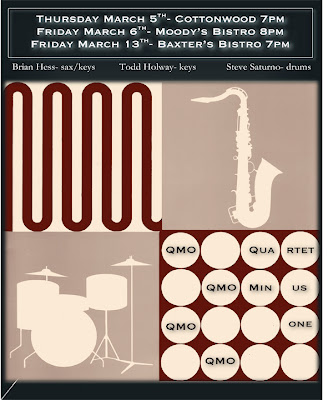
1. Bring your print-ready poster file, PLUS $5 TO COVER THE COST OF PRINTING -- I'd like to have the posters printed out by the end of Wednesday's class.
2. Have a start to your "making art out of non-art" project. This will include an object of your choice, and a brief write-up of your strategy for turning that object into art.
As I said in class, since all of our projects so far have been focused in the commercial art zone -- bringing artfulness to commercial art -- this next project will be an attempt to travel in the other direction -- to take something that seems to not be art, and bring it into the zone of art. You don't have to use Warhol as a visual model, but think of how he took ordinary, everyday objects, and brought them into the realm of art. This wasn't limited to the soup cans and Brillo boxes -- it also functioned in the way he used crime scene and celebrity photos, and in the way he used film to capture or "notice" things that otherwise hadn't been noticed by art. He took things and moments that most people pass by, and made them stop and look at them in new ways. I'd like you to try and perform a similar trick (which is fundamentally a trick of re-framing) with some object or image that most people barely notice. What is something most people would not think of as "art," and how can you make art out of it?
You don't necessarily have to use digital means for this project. You could do something sculptural-- or heck, even something performative. You could use the object/image itself, or you could somehow translate or reproduce its qualities through some other means.
Part of this assignment is an exercise in "curation" -- how interesting your final project is will probably be related to how interesting a choice of object you make. Warhol in many ways was a successful curator -- it was less about creating objects, than choosing potent images that were slipping past in the stream of mass culture.
Bring the object you are intending to transform, AND A PROPOSAL FOR HOW YOU WILL MAKE THE THING INTO ART -- write up a paragraph or two explaining your strategy of "art-ification." If you want to include sketches, that would be fine, too. Make sure you're able to communicate the basic idea of your project.











